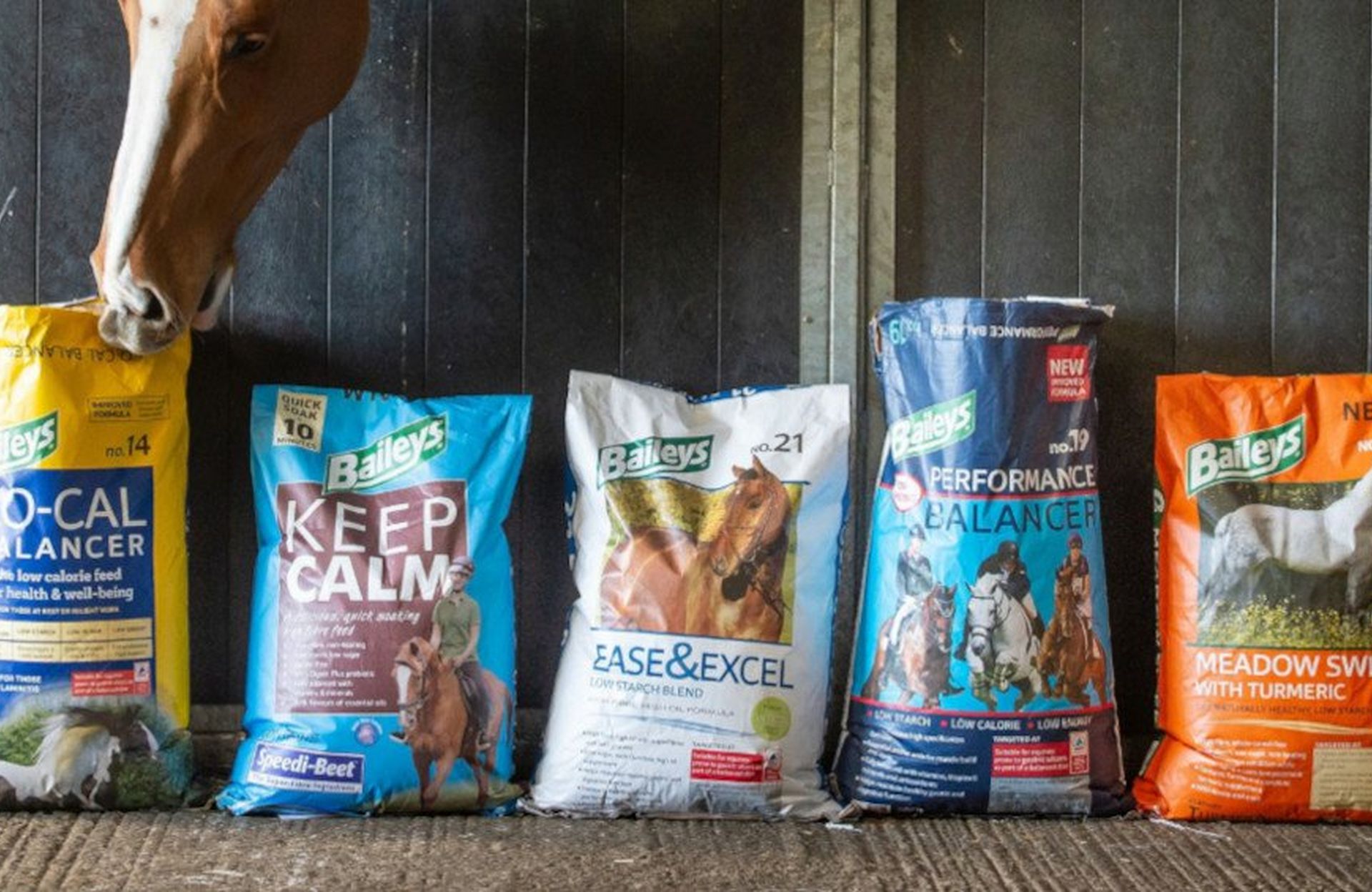
Over recent years extensive research has greatly improved our understanding of our horses health and wellbeing, including how their digestive system functions. We now know that some feeding practices can contribute to issues like laminitis, tying up and colic. This has also opened our eyes to a hidden problem... Equine Gastric Ulcer Syndrome. If you own your own horse, it's pretty likely you've heard of EGUS. But understanding what, how and why it happens is something we should all be taking the time to do!
What is it?
Horses are grazers, designed to eat continuously throughout the day, but why? Your horses stomach is approximately the same size as a rugby ball, only accounting for around 8% of their digestive system! This means that it can go from full to empty in as little as 12 minutes. Your horses stomach contains strong gastric acid to break down food, this is produced 24/7, even when your horse isn’t eating. So, what happens to the acid when their stomach is empty? Well… It pools, leaving the lining exposed and at a higher risk of ulceration.
Types Of EGUS
Your horses stomach is covered by two different types of lining, the type of ulcers is determined by which tissue is affected:

Squamous Mucosae: Equine Squamous Gastric Disease (ESGD) affects the top third of the stomach. This area isn’t well adapted to acid exposure. It’s most commonly caused by fasting, lack of access to water, high concentrate diets, poor fibre intake, straw feeding, intense training, extreme routine changes, frequent transport and isolation from other horses.
Glandular Mucosae: Equine Glandular Gastric Disease (EGGD) affects the bottom two thirds of the stomach. This proportion of the stomach is lined with mucus to guard against acid, so the cause of ulceration is much less clear. It is believe this is more likely to be a result the lining failing because of a physiological defect, damage, medication or toxic plants.
Symptoms & Diagnosis
More common than you might believe, it’s one of the most prevalent conditions faced by our horses, seen in an estimated 25 to 50 percent of foals and 60 to 90 percent of adult horses. Common symptoms of ulcers include:
- Lethargy.
- Weight loss.
- Dull coat.
- Colic.
- Poor appetite.
- Changes in temperament.
- Abdominal discomfort.
If you suspect that your horse has EGUS, you should contact your vet for diagnosis, grading and an appropriate treatment plan.
Preventing EGUS
Prevention is always better than cure! These simple tips may help to provide protection to keep your horse happy and healthy:
- Feed plenty of forage! This increases saliva, a natural acid buffer.
- Split their intake and feed little meals as often as possible to avoid leaving the stomach empty.
- Use trickle feed nets to ensure hay/ haylage lasts longer.
- Avoid cereal based feeds.
- Feed alfalfa, a great acid buffer due to it’s protein and calcium content.
- Offer a small fibre feed before riding to prevent stomach acid splashing the upper third of the lining.
- Avoid excessive exercising by allowing two rest days per week.
- Turn out as often as possible.
- Manage stress levels.

Feeding A Horse With EGUS
Treating ulcers is one thing, but what can you do to avoid them occurring? A condition commonly attributed to diet, choosing the right feed is vital. Let’s face it, with so many options available it’s never an easy task, let alone when they have dietary related conditions like EGUS! To help combat feeding myths and confusion in 2016 BETA established the Feed Assurance Scheme, specifically to help owners identify feeds suitable for horses and ponies prone to developing gastric ulcers. In order to obtain approval under this scheme products are subjected to a stringent three-stage application process, which includes the examination of ingredients, labelling, marketing claims and independent laboratory analysis. They are also required to fall into one of two categories:
A compound complementary feed that provides a balanced diet when fed at a rate stated by the manufacturer.
A feedstuff typically advised to help manage horses prone to EGUS.
Always keep an eye on packaging, feeds which are deemed suitable will display the EGUS mark, alongside the wording "Suitable for equines prone to gastric ulcers as part of a balanced diet".

EGUS Approved Feeds At Naylors
Baileys Horse Feeds
Ease & Excel, No. 19 Performance Balancer, No. 14 Lo-Cal Balancer
British Horse Feeds
Dengie Crops
We hope that this blog will help you to keep your four legged friend looking and feeling his best! For more information please visit the BETA website, contact your feed manufacturer or call our customer service team on 01706 507555.




